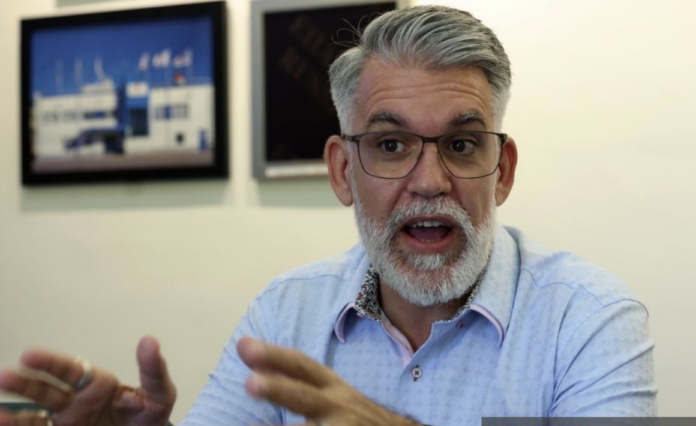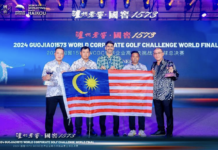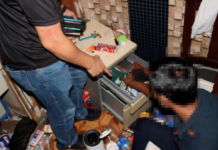JOHOR BAHRU, July 14 – A one-stop centre to facilitate companies’ transition to renewable energy would accelerate Malaysia’s shift towards sustainable development and environmental responsibility.
An industry player noted that the current fragmented approach requires companies to navigate multiple regulatory bodies independently, creating unnecessary delays and complications.
Franc Molto, managing director of Surfactor Asia Pacific Sdn Bhd, a leading producer of plywood and high-pressure laminate surface materials, said that right now, companies need to reach out to the relevant authorities themselves if they are interested in embracing green energy.
For example, they would have to contact Tenaga Nasional Bhd (TNB) on the technical aspects and to check whether the electricity grid in their location can accept renewable energy generation.
Next, they will have to engage with the Malaysian Investment Development Authority (MIDA) to submit the concept of the project and apply for Green Initiative Tax Allowance (GITA) and other allowances on the capital expenditure (capex).
Once these initial steps are completed, companies must then apply to the Energy Commission (EC) for an electricity generation license.
Upon approval, they need to approach TNB again to install a meter that would allow them to sell excess electricity generated into the grid, Molto explained during an exclusive interview at the company’s Pasir Gudang plant.
“It will be good if we have a one-stop centre where we go with our file and this centre will be able to handle the local, state, and federal authorities,” he said.
The company recently invested RM2.5 million to install a solar photovoltaic (PV) system that could generate 2.0 kilowatts peak energy at the plant.
Molto commended the government’s sustainability initiatives but cautioned that the cumbersome implementation process could deter potential investors.
“You spend a lot of time and energy to get all these documentation done. So the company would have to be really dedicated and willing to do something for the planet (to go through with the project),” he said.
Meanwhile, renewable energy company Solar Galactic (M) Sdn Bhd chief executive officer N. Sakthivel said solar PV installation at factories is not only practical due to the large areas that can be covered but also beneficial as it could reduce electricity bills and contribute to carbon credit, among others.
“Now, Surfactor has got a carbon credit bank that will build up over the next 20 years and they can use it for themselves or even sell it to somebody else if they choose, this is entirely Surfactor’s decision at some point in the future,” he said.
He added that such investments not only enhance a company’s sustainability profile but also positively impact employee morale.
“You have the overall effect on the human factor, the employees would feel that they are working for a company that is responsible towards the future,” he said.
On the solar PV system, Molto said the system is expected to reduce the company’s monthly electricity bill by at least 20 per cent.
“Even if Surfactor runs at full capacity, we believe the contribution of solar will be 20 per cent (of the total electricity consumed) and when we embark on more energy efficiency exercises, it will grow,” he said.
He said the company expects a return on investment in seven years from the solar PV system in terms of electricity bill savings and most importantly, 10,000 tonnes of carbon emission reduction in 20 years.
“It will be as if we had planted 1,000 trees,” he said.
Surfactor Asia Pacific is the subsidiary of Surfactor Germany GmbH, a 75-year-old world market leader for technical surfaces, and has been present in Pasir Gudang since 1995.
















